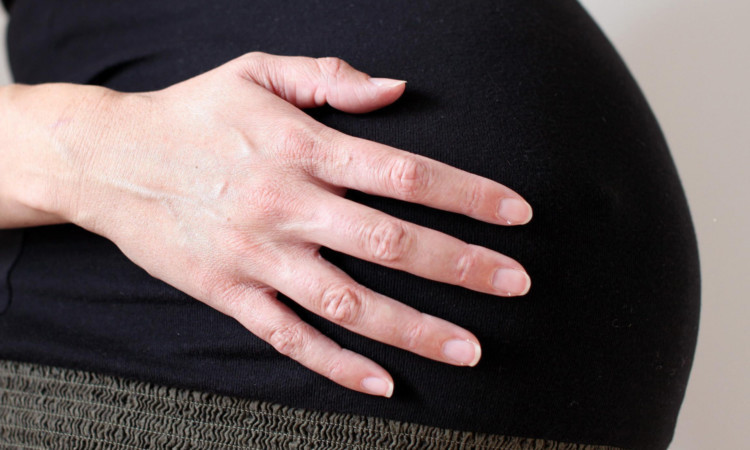Pregnancy tests and contraceptives may be given out at a Fife school dubbed an underage pregnancy blackspot.
These are some of the ideas to tackle the high rate of young girls falling pregnant in the Lochgelly High School area.
The school’s catchment area had the highest rate of under-16 pregnancies in Fife, according to an earlier report. The area was also found to have high levels among 16 and 17-year-olds.
The school taking in pupils from Ballingry, Lochore, Lochgelly and Cardenden was identified by the local sexual health strategy group for extra resources to try different approaches to address the problem.
A specialist team of NHS Fife and Fife Council staff then went into the area to talk to youngsters about relationships and sexual health. And the team’s subsequent report found a lack of self-esteem and low aspirations among the pupils.
Youngsters seemed confused about contraception, both to prevent unwanted pregnancies and ward off potentially fatal sexually transmitted diseases.
More worrying was the feedback on when no means no. Nearly two-thirds of boys and girls suggested when a boy said no he might not mean no and 60% of girls agreed when a girl said no, she always meant it.
However, boys were less certain or disagreed with the idea she always means no.
Boys were more confident when it came to talking about contraception and both they and the girls said in the report they were unsure of methods of contraception and how they worked.
Not all the youngsters made the connection with love-making or unprotected sex. There were also many misunderstandings when it came to sexually transmitted diseases.
“The stronger focus on teaching girls not to get pregnant may mean they are less likely to address issues of infection, although all young people underestimated the seriousness of infections,” he report said.
The authors were also surprised when told fewer than one third of young people have a sexual experience before the age of 16.
Following the report, recommendations have now been put forward, with a warning that no action could see high level of teens falling pregnant continue.
The plan includes looking at handing out condoms and conducting pregnancy tests at the high school.
They also would like talks with young people, developing work with parents and linking with primary schools and the wider local community.
